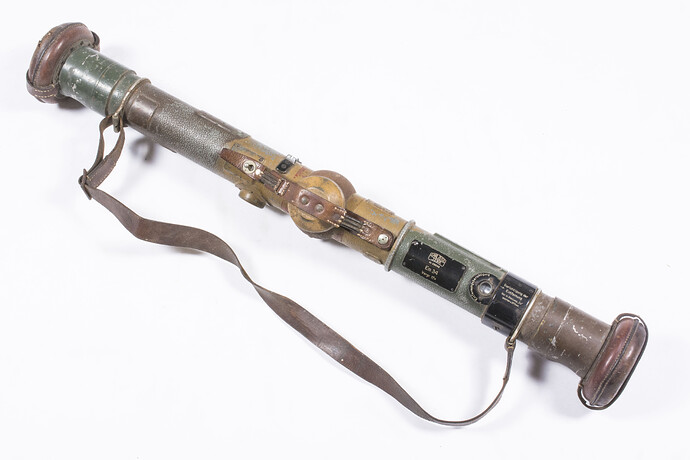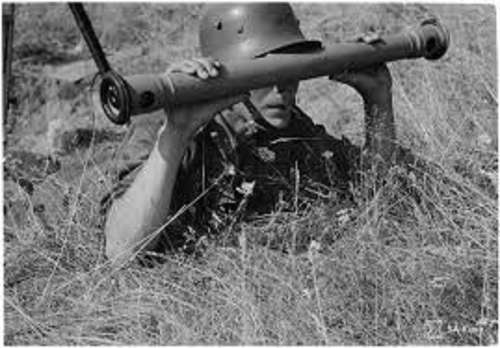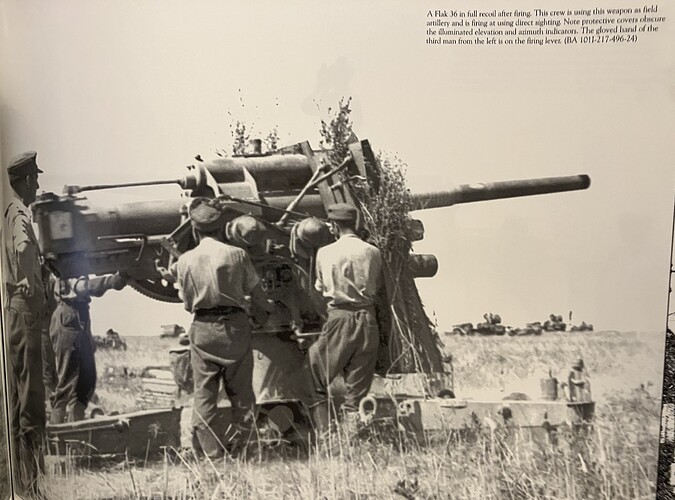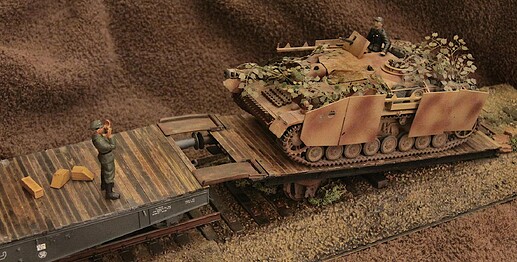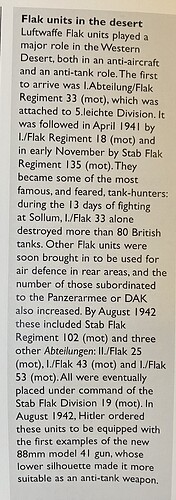I’m finishing up Italeri’s 1/72 8,8 FLAK 37. Need some help with the supplied crew. One of the crew men is supposed to be built up holding a 24-36 long tube to his eyes. I assume that this is some sort of rangefinder. This Guy.

My question is- would this be an active crew member for an indirect fire mission? I can see the need for a range finder for direct fire or anti-aircraft missions. But for indirect fire wouldn’t the gun be 4-5km behind the lines, firing at targets 10-14km away. At that distance I don’t know if the rangefinder is going to be very effective. Wouldn’t they be firing by azimuth and elevation for those kind of targets? So if I’m doing a DAK diorama would I need this character?
Please don’t take this as the “gospel”, but I am pretty sure the range direction finder was used in both the direct-action ground mode, as well as the anti-aircraft role.
As far as I know due to its high muzzle velocity, the Flak 37 was used as antitank and antiaircraft gun, not for artillery shelling.
For the antitank role, it was common to take references before action so they already had a distance when tanks appeared there.
Is Italeri’s '88 a reboxed version of Revell’s, or is it their own? Revell’s is not bad, but it’s time for a state-of-the-art release!
Any pics forthcoming?
![]()
![]()
Yes, an anti-tank gun, and even a tank, can be used as artillery, and often are. Just look at the current war in Ukraine. But they are not real good at it. The shells they fire are usually smaller than arty shells and don’t do the kinds of mass destruction that arty does.
Ken
Exactly. I was going to post this point, but you were faster than my editing. Not an efficient use of this weapon as the shell’s yield was rather small.
The EM 34 rangefinder was not used if the weapon was fired as indirect artillery. If you can’t see the target, what would you be ranging?
Not that anybody asked but just as a loosely related FYI . . . . If you have ever been on a tank crew that required a ground guide for close in movement. That range finder fellow makes for a really good ground guide when loading/unloading from rail cars or a flat bed tank transporter.
Here is the Tamiya 1/35th offering:
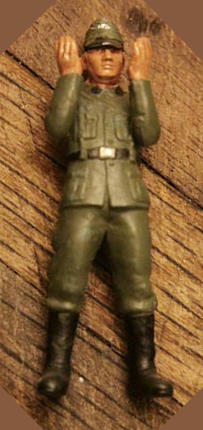
Seen here giving the hand signal for “come straight forward”. (Ahead on both tracks.)
One could easily ball one hand of the figure into a fist giving the signal, “brake on that track.”
Per Scalemates, it’s a new tool from Italeri in 2010. It’s aimed at wargamers, so it’s a simplified assembly. I knocked it out in two nights in a hotel room.
Next step is to try and turn it into a vignette. But every hint I’ve picked up is contradictory. The shield is for an anti-tank setup but the crew is molded in Luftwaffe uniforms. May just have to ignore one factor and set it up for the other configuration.
Luftwaffe AA crews where quickly pressed into field related anti-tank rolls with no change in uniforms.
Maybe it’s the Zvezda kit with new figures?
![]()
![]()
Check the instructions for Dragons 3-in-1 1/35 kit of the 88.
Link to Super Hobby with photos of parts and scanned instructions
That kit can be built with and without shield so there should be enough information in there to let you know how to delete the shield.
Next question: Could it happen that a Luftwaffe crewed 88 in the desert was forced to fire against tanks in self defense?
Blockquote[quote
Next question: Could it happen that a Luftwaffe crewed 88 in the desert was forced to fire against tanks in self defense?
[/quote]
Rommel did exactly that in France, 1940.
![]()
![]()
Yes, Yes, and Yes
For indirect fire the crew would set up one or more poles (usually red and white striped) a set distance in front of the gunner’s sight. The gunner would sight on the poles and calculating the angles for azimuth and elevation to the target would offset the sight the appropriate number of degrees from the pole (remember the high school trigonometry you thought you would never need).
